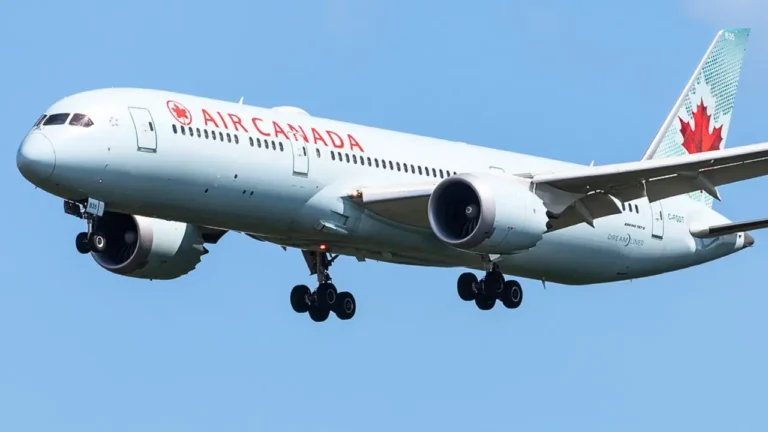Air Canada (AC) has the largest Canadian domestic network, spanning short-haul, medium-haul, and transcontinental markets. The latest flight schedule highlights the busiest Canadian domestic city pairs based on total flights (two-way), seats available, and available seat miles (ASMs). These metrics reveal where Air Canada is deploying route frequency and capacity throughout its Canadian network.
The latest figures indicate continued emphasis on some of the key corridors, notably between Toronto and Montreal, Vancouver, and Calgary. These city pairs see the most flights and seat capacity, yet the extended network also encompasses major regional connections and longer domestic routes.

Top Routes by Flights
The route between Montreal-Trudeau and Toronto Pearson is Air Canada’s busiest domestic route, with 910 monthly flights in both directions in June 2025. This city pair has long been among the busiest in North America in terms of flight frequency and continues to be a core part of Air Canada’s high-frequency schedule.
Then comes the Vancouver–Toronto with 817 flights, and Calgary–Toronto and Ottawa–Toronto, both with 600 flights. They are Air Canada’s principal transcontinental and intra-provincial routes.
Other notable high-frequency routes are:
- Vancouver–Calgary: 512 flights
- Halifax–Toronto: 474 flights
- Edmonton–Toronto: 360 flights
Though transcontinental routes predominate in ASMs, some short- and medium-haul routes like Ottawa–Toronto and Vancouver–Calgary are among the highest frequency ones because of shuttle-type operations.
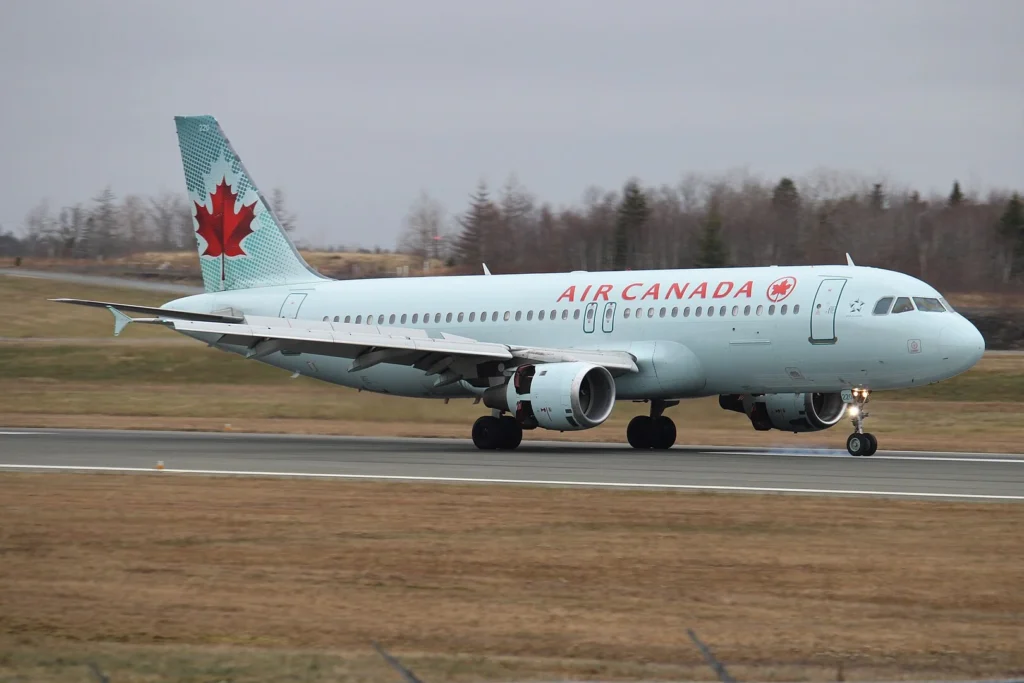
Top Routes by Seats
Air Canada’s busiest route by seats – the Vancouver–Toronto route offers 183,705 monthly seats, thanks to the high frequency and the deployment of larger aircraft, including the widebodies on certain frequencies. While it ranks second in the number of flights, it is ahead of Montreal–Toronto, which offers 151,688 seats in June.
Ranking third is the Toronto-Calgary route with 105,672 monthly seats, driven by strong corporate and connecting demand between Ontario and Alberta.
Other high-capacity routes are:
- Montreal–Vancouver: 90,014 seats
- Halifax–Toronto: 80,106 seats
- Ottawa–Toronto: 93,603 seats
Although frequency drives seat capacity on most routes, certain long-haul routes like Montreal–Calgary (55,840 seats) and Ottawa–Vancouver (38,160 seats) see higher average seats per flight.
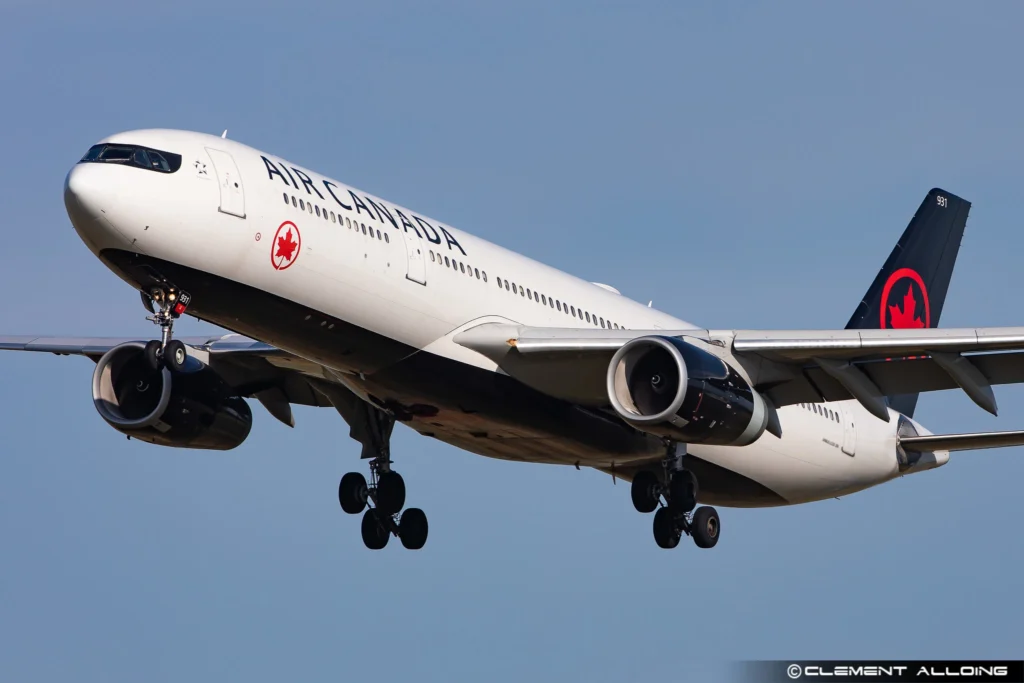
Top Routes by ASMs
Ranked by available seat miles (ASMs), Vancouver–Toronto is the busiest route with more than 383 million ASMs in June. It is well ahead of other domestic routes due to its longer flight distance and higher number of seats on offer.
The Montreal–Vancouver route is second with 207 million ASMs, with Calgary–Toronto following at approximately 177 million ASMs.
Other high-ASM routes include:
- Ottawa–Vancouver: 84.4 million
- Montreal–Calgary: 105 million
- Halifax–Toronto: 64.2 million
Even though some routes, including Thunder Bay–Toronto or Ottawa–Montreal, see high frequency, they account for lower ASM because of the short distance, whereas some low-frequency, long-distance routes, such as Halifax–Vancouver or Montreal–Victoria, rank higher.
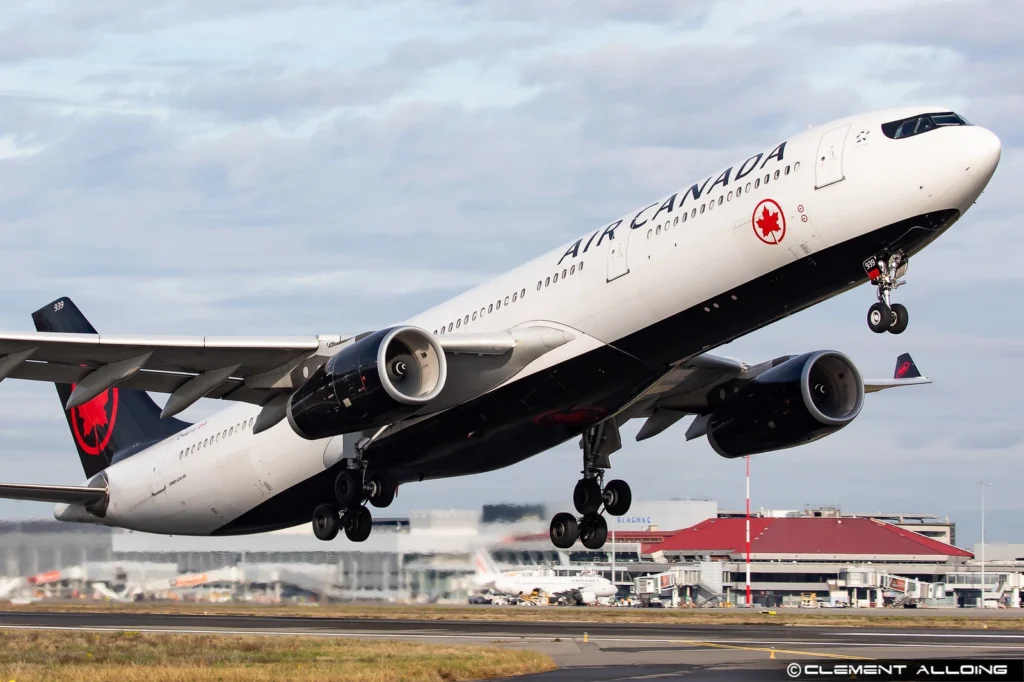
Regional and Hub Dominance
Toronto Pearson is the operational center of Air Canada’s domestic network. Over 60% of the top 30 busiest routes feature YYZ. It is strategically positioned, has global connectivity, and a concentration of business traffic that makes it vital to the airline’s Canadian operation.
Montreal-Trudeau serves a critical twofold purpose — as a gateway and hub to Quebec and Atlantic Canada. For western Canada, Vancouver is both a regional link and a terminus for transcontinental flights. It connects to Edmonton, Winnipeg, Calgary, and smaller destinations such as Saskatoon and Regina.
Moreover, Vancouver’s importance in long-haul domestic service is particularly reflected in its high ASM levels.
Though high-frequency trunk routes predominate in the top 30 busiest routes, a number of lower-volume city pairs are important for regional access and feeder traffic. These include:
- Moncton–Toronto: 150 flights, 28,350 seats
- Fredericton–Toronto: 60 flights, 11,340 seats
- Gander–Toronto: 34 flights, 4,638 seats
- Charlottetown–Toronto: 28 flights, 5,011 seats
These links are instrumental in enabling access throughout the year for small towns and balancing Air Canada’s imperative of profit along with public service coverage.
| Rank | Route | Flights | Seats | ASMs |
| 1 | Montreal-Trudeau (YUL) – Toronto (YYZ) | 910 | 151688 | 47781720 |
| 2 | Vancouver (YVR) – Toronto (YYZ) | 817 | 183705 | 3.83E+08 |
| 3 | Calgary (YYC) – Toronto (YYZ) | 600 | 105672 | 1.77E+08 |
| 4 | Ottawa (YOW) – Toronto (YYZ) | 600 | 93603 | 21154278 |
| 5 | Vancouver (YVR) – Calgary (YYC) | 512 | 81707 | 34970596 |
| 6 | Halifax (YHZ) – Toronto (YYZ) | 474 | 80106 | 64245012 |
| 7 | Edmonton (YEG) – Toronto (YYZ) | 360 | 65568 | 1.10E+08 |
| 8 | Winnipeg (YWG) – Toronto (YYZ) | 360 | 56814 | 53177904 |
| 9 | Montreal-Trudeau (YUL) – Vancouver (YVR) | 348 | 90014 | 2.07E+08 |
| 10 | Edmonton (YEG) – Vancouver (YVR) | 286 | 42938 | 21640752 |
| 11 | Montreal-Trudeau (YUL) – Calgary (YYC) | 238 | 55840 | 1.05E+08 |
| 12 | Halifax (YHZ) – Montreal-Trudeau (YUL) | 228 | 42532 | 21308532 |
| 13 | Montreal-Trudeau (YUL) – Winnipeg (YWG) | 180 | 27340 | 30948880 |
| 14 | Ottawa (YOW) – Vancouver (YVR) | 180 | 38160 | 84486240 |
| 15 | Vancouver (YVR) – Winnipeg (YWG) | 180 | 26760 | 31095120 |
| 16 | Moncton (YQM) – Toronto (YYZ) | 150 | 28350 | 21290850 |
| 17 | Edmonton (YEG) – Montreal-Trudeau (YUL) | 120 | 20152 | 37281200 |
| 18 | Thunder Bay (YQT) – Toronto (YYZ) | 102 | 19174 | 10890832 |
| 19 | St. Johns (YYT) – Toronto (YYZ) | 83 | 14083 | 18631809 |
| 20 | Ottawa (YOW) – Montreal-Trudeau (YUL) | 68 | 9444 | 887736 |
| 21 | Ottawa (YOW) – Calgary (YYC) | 60 | 8760 | 15715440 |
| 22 | Fredericton (YFC) – Toronto (YYZ) | 60 | 11340 | 7495740 |
| 23 | Halifax (YHZ) – Vancouver (YVR) | 60 | 10140 | 27986400 |
| 24 | Deer Lake (YDF) – Montreal-Trudeau (YUL) | 53 | 7261 | 5866888 |
| 25 | Gander (YQX) – Toronto (YYZ) | 34 | 4638 | 5783586 |
| 26 | Montreal-Trudeau (YUL) – Victoria (YYJ) | 33 | 5577 | 12905178 |
| 27 | Vancouver (YVR) – Saskatoon (YXE) | 33 | 4950 | 3722400 |
| 28 | Regina (YQR) – Vancouver (YVR) | 32 | 5408 | 4494048 |
| 29 | Quebec (YQB) – Toronto (YYZ) | 30 | 4474 | 2035670 |
| 30 | Charlottetown (YYG) – Toronto (YYZ) | 28 | 5011 | 4144097 |
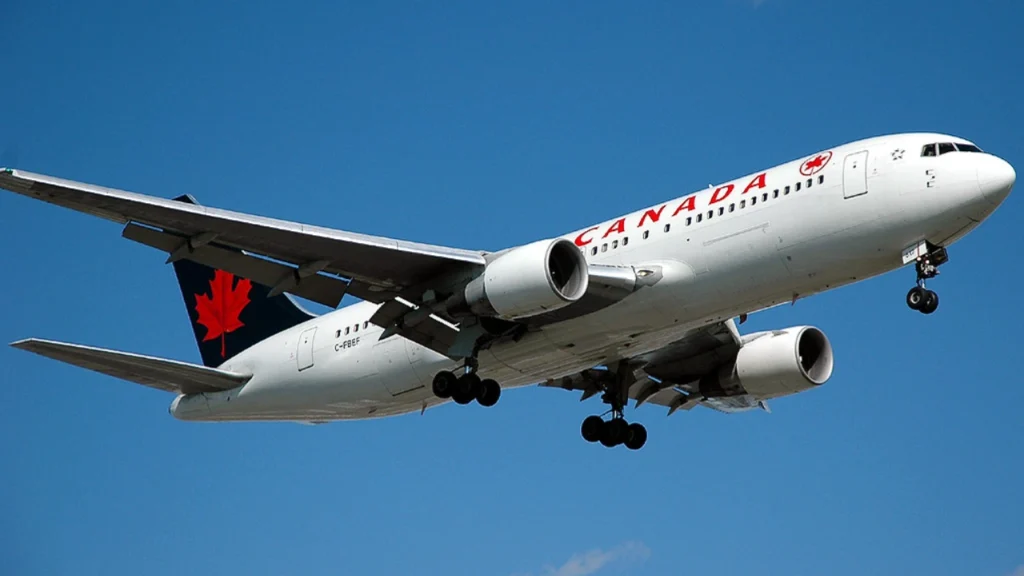
Route Overview and Trends
Among the top 30 domestic routes, Toronto Pearson (YYZ) is featured as a destination or origin in more than 18 routes, highlighting its hub role in Air Canada’s domestic network.
These include high-density routes from Montreal, Vancouver, Calgary, and Halifax, but also less frequent services from smaller communities like Gander, Deer Lake, and Charlottetown.
Montreal-Trudeau (YUL) and Vancouver (YVR) are also well represented with 12 and 11 routes, respectively. These constitute the backbone of Air Canada’s regional and transcontinental network. Calgary (YYC) and Ottawa (YOW) are significant secondary hubs, namely for eastern-western flights.
One of the prominent trends is the domination of central and eastern Canada in terms of origin-destination frequency. The Ontario-Quebec-Atlantic Canada corridors comprise a significant portion of the network, driven in part by population density and inter-city corporate travel demand.
Stay tuned with us. Further, follow us on social media for the latest updates.
Join us on Telegram Group for the Latest Aviation Updates. Subsequently, follow us on Google News.

